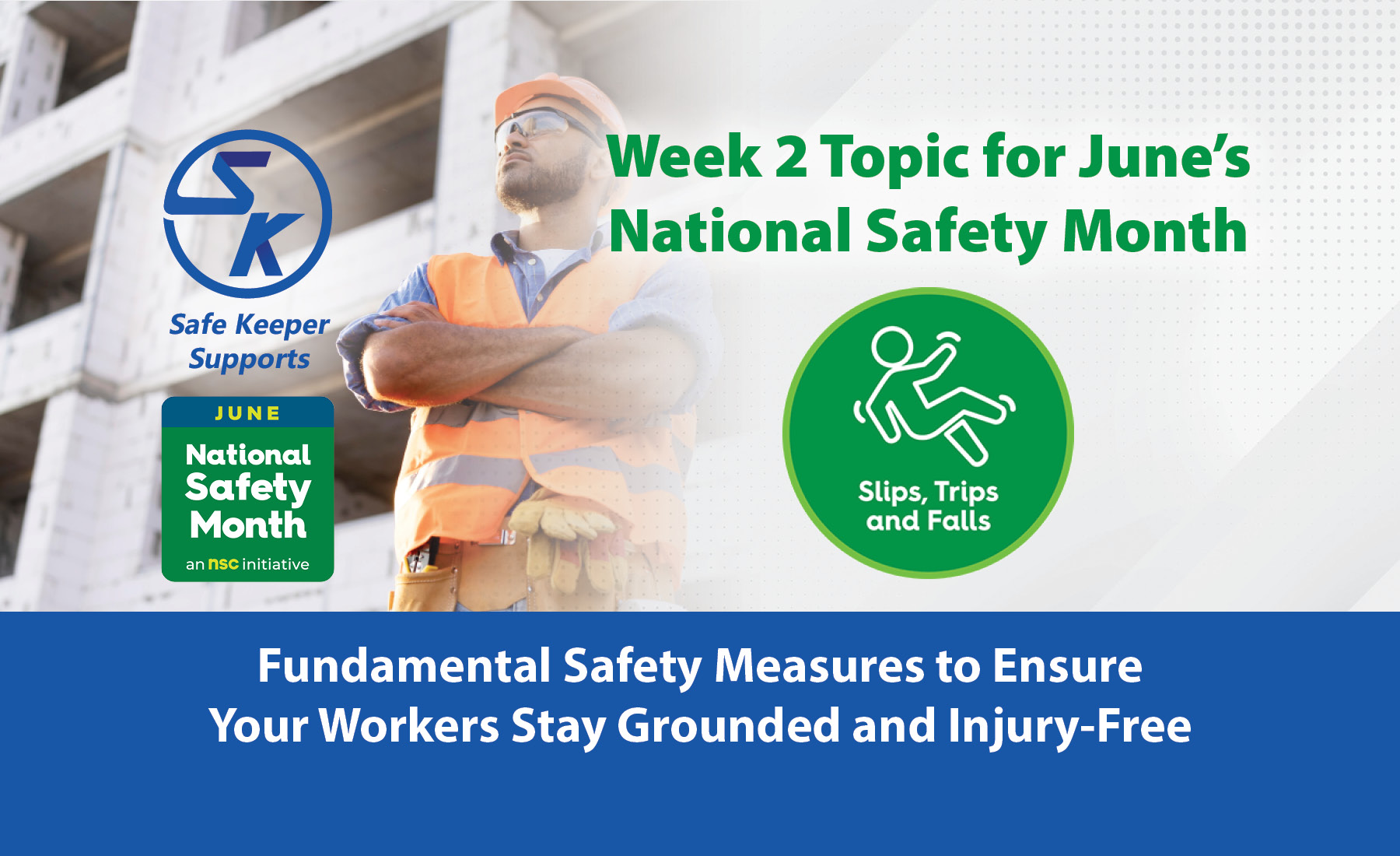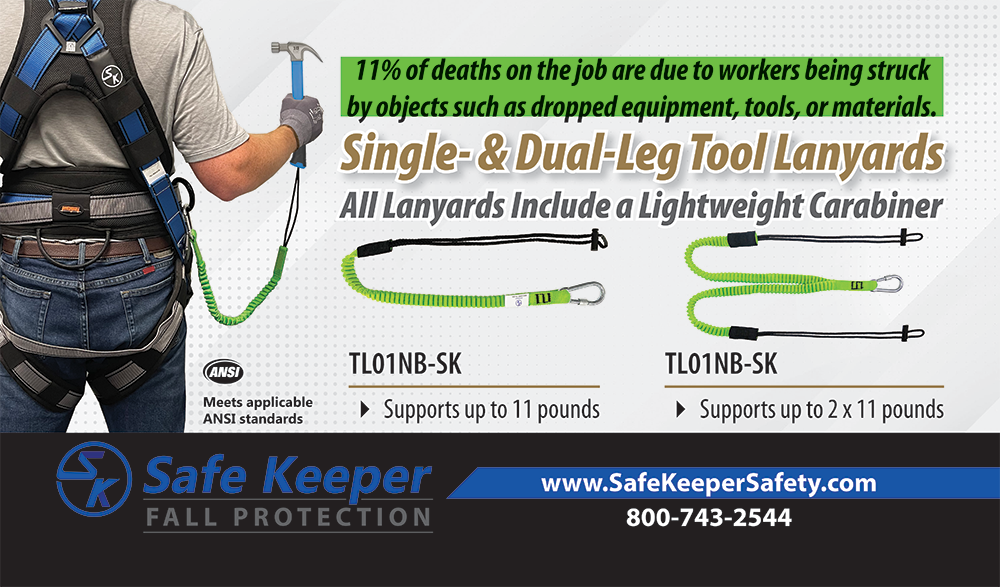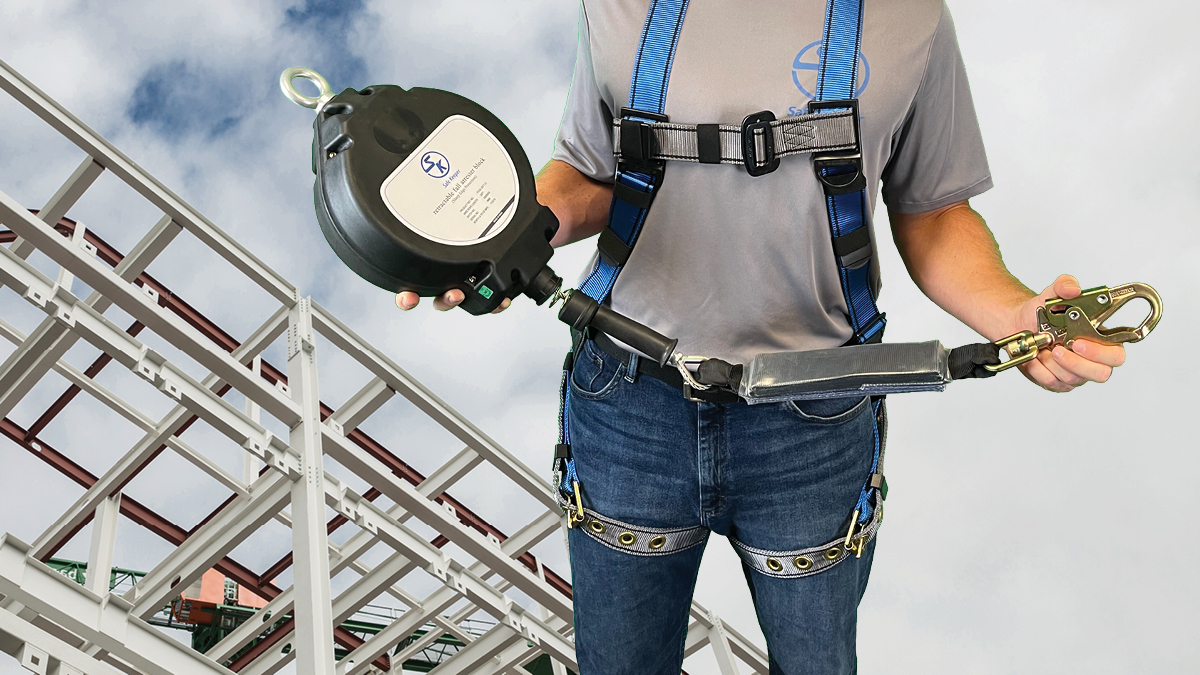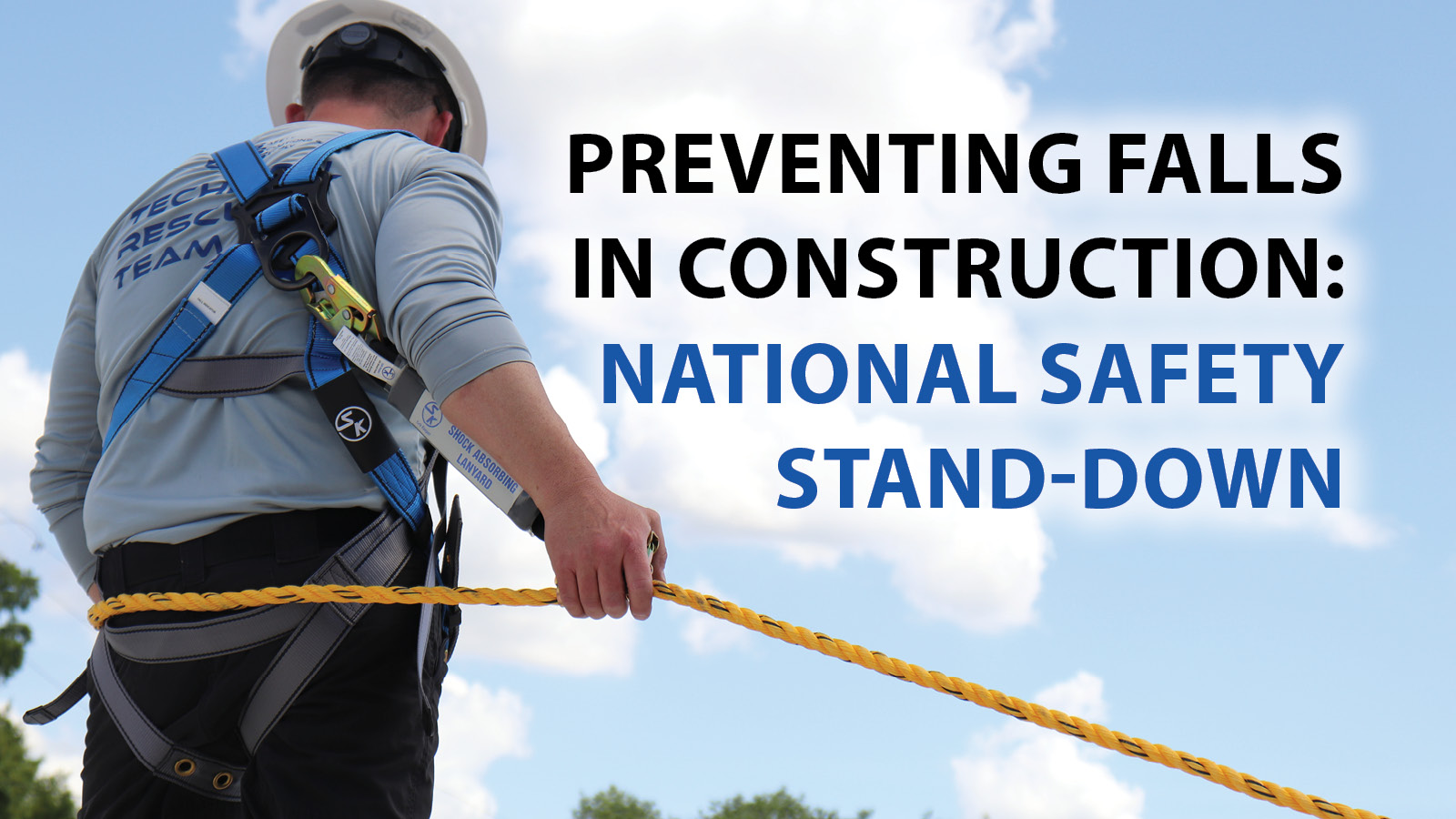Fall arrest is the act of stopping a free fall or the instant where the aid of some supporting equipment stops a downward free fall. Fall arrest is a form of fall protection system that prevents a fall from causing serious harm or death. Fall arrest systems work by protecting workers by stopping (or arresting) them in mid-fall. An effective fall arrest system uses harness, anchor, lanyard, and lifeline components to secure the worker to a stable working surface in order to lessen the impact to the worker in the event of a fall. The goal of the fall arrest system is to absorb the energy of the fall so that the force of falling is not applied to the worker. There are two types of fall arrest systems.
- General Fall Arrest: This system is able to catch a single or a number of workers without them striking any other hazards. The system, such as a net, is usually installed in a far above-the-ground workplace.
- Personal Fall Arrest: Personal fall arrest systems limit the impact force of a free-falling user and prevent the user from hitting the ground. In the workplace, most fall injuries occur due to the absence or lack of fall protection. Fall arrest systems may act as an effective mechanism for fall injury prevention.
A full-body safety harness is your first line of defense. However, the kind of harness you need will depend on the type of work being done. It must be capable of supporting a person with a combined tool and bodyweight of 310lbs and must be used in conjunction with an anchorage device and deceleration device that limits the impact forces of a fall to 1,800lbs. or less.
Connectors are the one device that connects your harness to the anchor safely. These can range from a 50′ SRL to a 2’ webbed lanyard. There are several different types of connectors, all with specific purposes.
Anchor points are the final piece of the equation. Anchor points must be able to withstand 5000lbs or twice the anticipated load of a person free falling a distance of 6’. It is crucial that all anchor points are engineered and installed by a qualified person. The harness and connector can only catch you if what they are attached to doesn’t break.
Positioning systems allow the worker to sit back in their harness while performing work with both hands. The most common application is anytime you need to do work from a ladder. This type of protection is not designed to be used to arrest a fall and must be used in conjunction with a fall arrest system, such as body belts, harnesses, and components.
Retrieval – Otherwise known as a rescue plan, retrieval is a crucial step in the development of a fall protection plan. This system covers the post-fall scenario of retrieving a worker who has fallen.
Suspension – Suspension equipment systems are able to lower and support the worker providing for a hands-free work environment. Window washers and painters widely utilize this system; a fall arrest system must be used alongside the suspension system.
Setting up a fall arrest system.
Fall arrest harnesses, horizontal lifelines, and safety lanyards require a little more attention. It’s important to know exactly how to set up and use a fall arrest system before you make them a regular part of your safety plan.
- Select the full-body harness
- Train your employees
- Inspect the device
- Put it on correctly
- Ensure a perfect fit
- Take care of loose ends
- Choose and attach the connector
- Anchor the connector
Even if your team currently uses fall arrest systems, that doesn’t mean their safety is guaranteed — specifically if they are not using them correctly. By making sure they follow the above protocol, you’ll be taking one more step in the right direction to keep your team happy, healthy, and productive.



